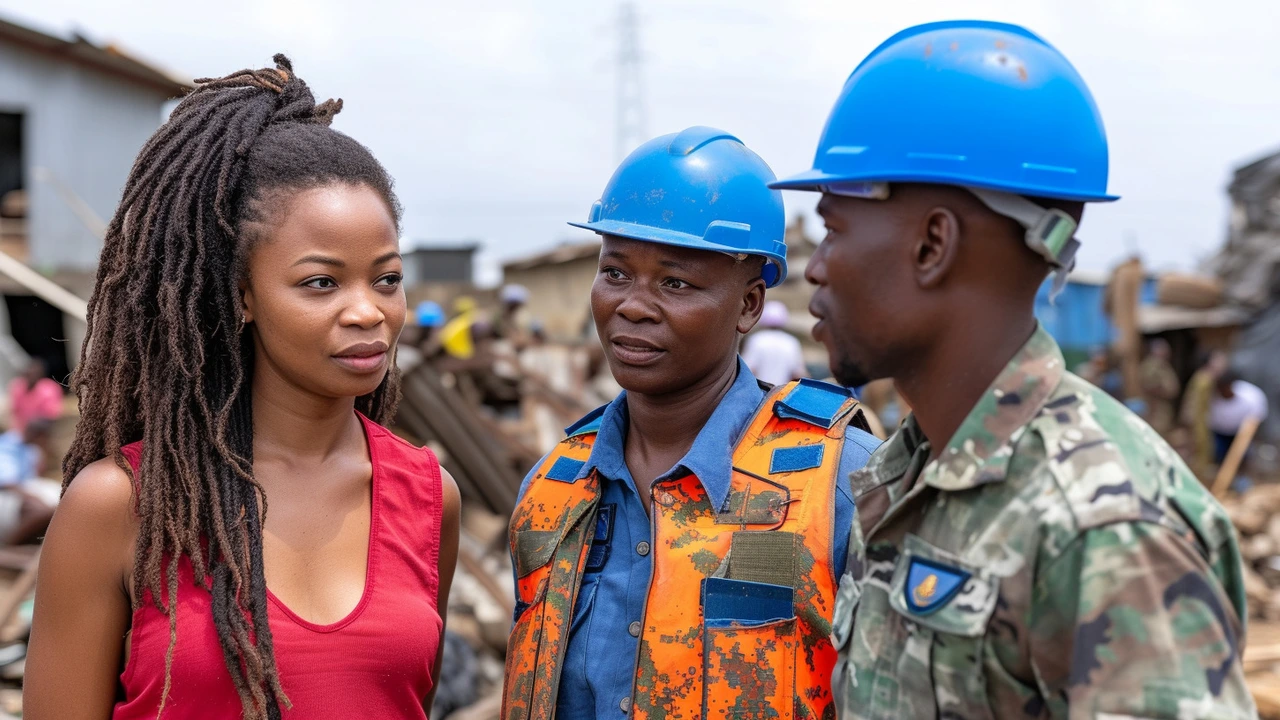Ever wondered what UN missions actually do on the ground? United Nations missions are not just blue helmets. They combine troops, police, and civilian experts to protect civilians, support political talks, help build institutions, and restore basic services. Each mission has a specific mandate — a set of tasks approved by the Security Council — and that mandate tells teams what to prioritize day to day.
First, the Security Council approves a mandate. That mandate sets goals like protecting civilians, monitoring ceasefires, or helping with elections. Member states then provide troops, police, and money. Troop-contributing countries send units trained for the mission’s needs, while civilian staff bring expertise in human rights, rule of law, and logistics.
On the ground, teams split work into clear roles: military units protect key areas and patrol, police units help keep order and train local forces, and civilian staff run programs for justice, health, and rebuilding. Missions also work with local leaders, NGOs, and regional groups — cooperation matters a lot because peacekeeping can't succeed alone.
Technology plays a growing role. Drones, satellite imagery, and secure communications help missions monitor remote areas and respond faster. But tech is only useful when paired with good local knowledge and clear rules of engagement.
UN missions face four common problems. First, mandates can be broad and hard to deliver with limited resources. Second, missions need consent from the host country; that consent can change if politics shift. Third, security risks make work dangerous for peacekeepers and civilians. Fourth, political tensions in the Security Council can delay reinforcements or funding.
Still, missions make concrete differences: they can reduce violence in towns, support justice reforms, and help displaced people return home. Results are mixed and slow, but many communities see real, measurable improvements when missions stay long enough and have clear goals.
Want to follow a mission closely? Start with the UN Peacekeeping website and regular Secretary-General briefings. Field mission websites publish situation reports and updates. Independent think tanks and NGOs publish deeper analysis — they often point out gaps the UN reports don’t cover.
If you care about a mission, subscribe to updates, follow local news from the affected country, and read UN reports. For quick context, look up the mission’s mandate, the troop contributors, and the latest Security Council statement. That gives you a clear snapshot of what the mission can and can’t do right now.
United Nations missions are messy, often slow, but usually vital. They bring resources, protection, and coordination where chaos might otherwise grow. If you want timely updates and plain-language analysis, stick with reliable sources and follow field reports — they tell the real story of what happens when peacekeeping meets conflict.

Hey there, lovely people! You know, it's incredible how much we've come to lean on peacekeepers to hold the fragile threads of peace in hotspots across the globe. It's like they're the glue keeping communities from falling apart amidst conflict. I've been pondering over this massive web of trust we've put in these brave souls, who wear blue helmets and stand as barriers against chaos. It feels both awe-inspiring and a bit scary, doesn't it? Their steadfast presence in tumultuous areas is a testament to our collective hope for a world where guns are silenced by dialogues and handshakes.
